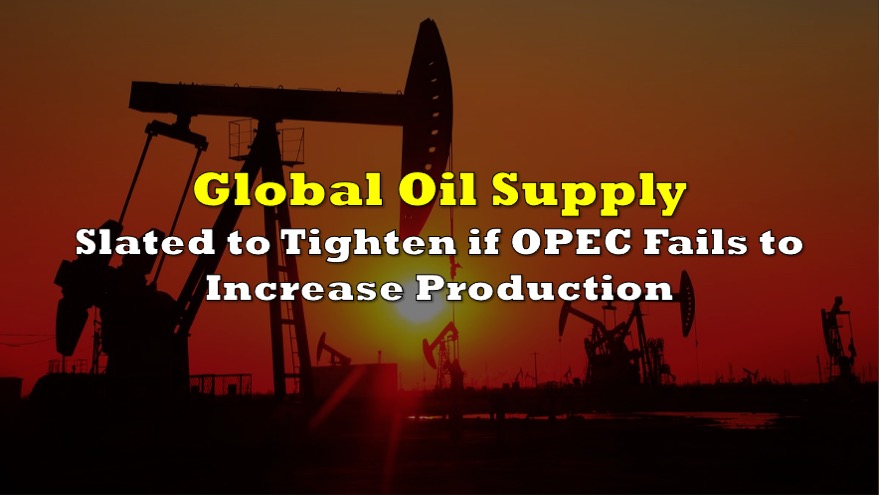The International Energy Agency released projections Wednesday showing global oil demand could continue rising until 2050, marking a significant departure from the agency’s recent forecasts that consumption would peak within this decade.
In its annual World Energy Outlook, the Paris-based agency reinstated a “Current Policies Scenario” projecting oil demand will reach 113 million barrels per day by mid-century, up 13% from 2024 levels. The scenario assumes governments maintain only existing policies without implementing additional climate measures.
Devastatingly to sentiment, the IEA told us for nearly 5 years that peak oil demand was imminent. Today, they admit under their base scenario that oil demand will grow to at least 2050! Too late/damage done: "the fear of peak demand is leading to the reality of peak supply."™️ pic.twitter.com/vHBGeovgbN
— Eric Nuttall (@ericnuttall) November 12, 2025
The projection contrasts sharply with the IEA’s messaging from 2021 through 2024, when the agency repeatedly forecast that oil demand would peak before 2030 as electric vehicles and renewable energy accelerated the transition away from fossil fuels.
This change comes amid pressure from the US, the IEA’s largest funder. Energy Secretary Chris Wright has called the agency’s previous peak demand projections “nonsensical” as the Trump administration pushes for expanded oil and gas production.
IEA Executive Director Fatih Birol said on a press call that the agency brought back the baseline scenario because governments are pursuing different energy policy directions. The IEA last used the scenario in 2019 before discontinuing it during the COVID-19 pandemic.
The agency emphasized that the projection is not a forecast but one of multiple scenarios exploring different policy paths. In its “Stated Policies Scenario,” which includes announced but not yet implemented policies, oil demand still peaks around 2030.
Slower-than-expected electric vehicle adoption in some markets and continued growth in emerging economies, particularly India, drive the higher demand outlook, the agency said. The current policy outlook shows electric vehicles reaching about 40% of global car sales by 2035 before leveling off, well below earlier projections of faster growth.
The projection also reflects increased demand for petrochemical feedstocks and aviation fuel, sectors where alternatives to oil remain limited.
The Current Policies Scenario trajectory would lead to global warming of 2.9 degrees Celsius by 2100, well above Paris Agreement targets. Climate analysts noted the projections underscore the gap between current policies and international climate commitments.
OPEC, which has long disputed the IEA’s peak demand forecasts, projects oil consumption will continue growing beyond 2040, reaching 123 million barrels per day by 2050.
Information for this story was found via the sources and companies mentioned. The author has no securities or affiliations related to the organizations discussed. Not a recommendation to buy or sell. Always do additional research and consult a professional before purchasing a security. The author holds no licenses.









